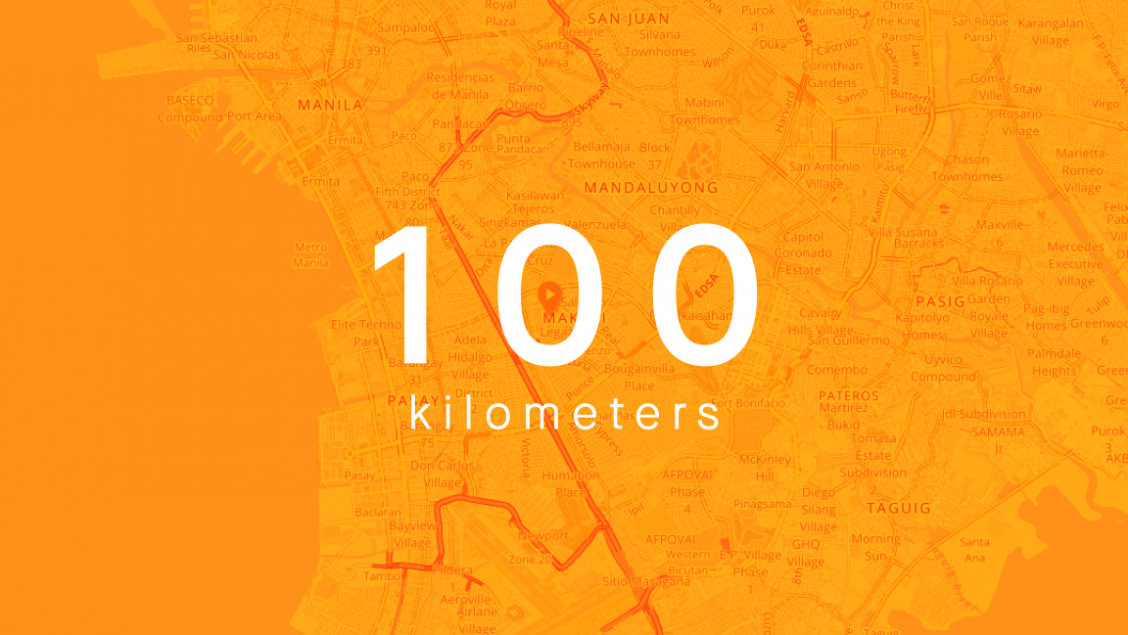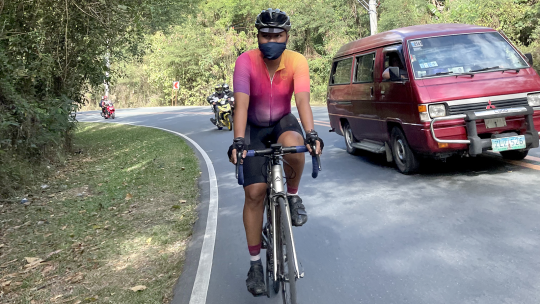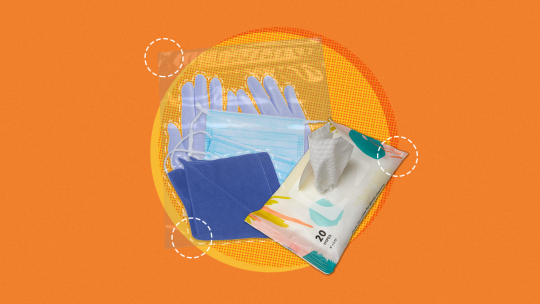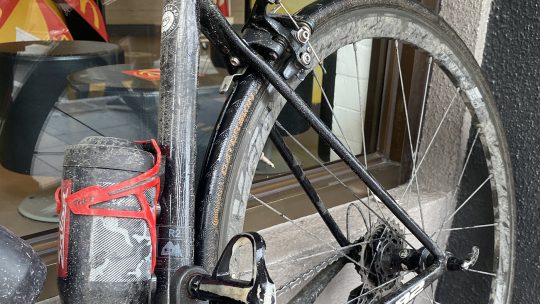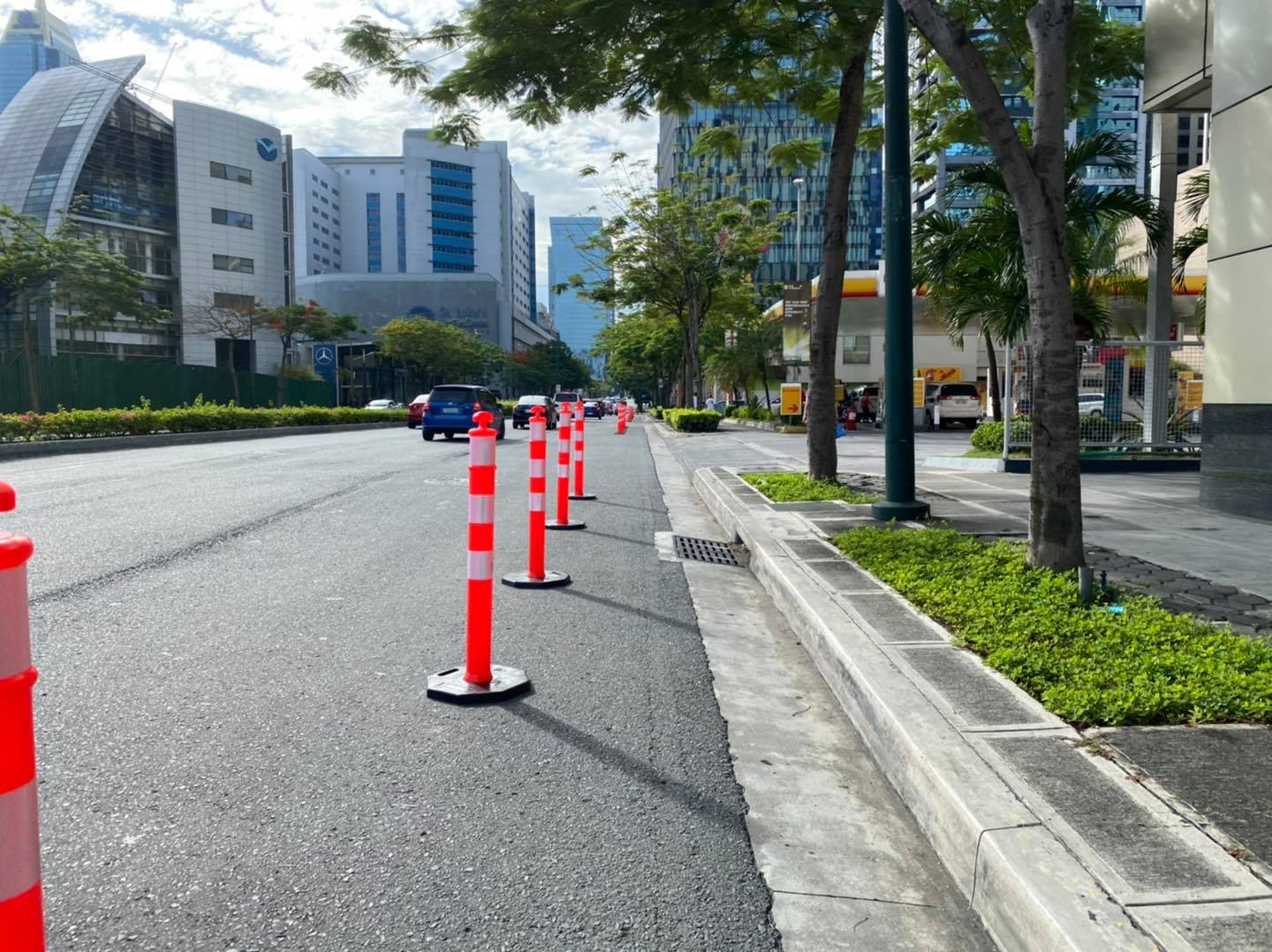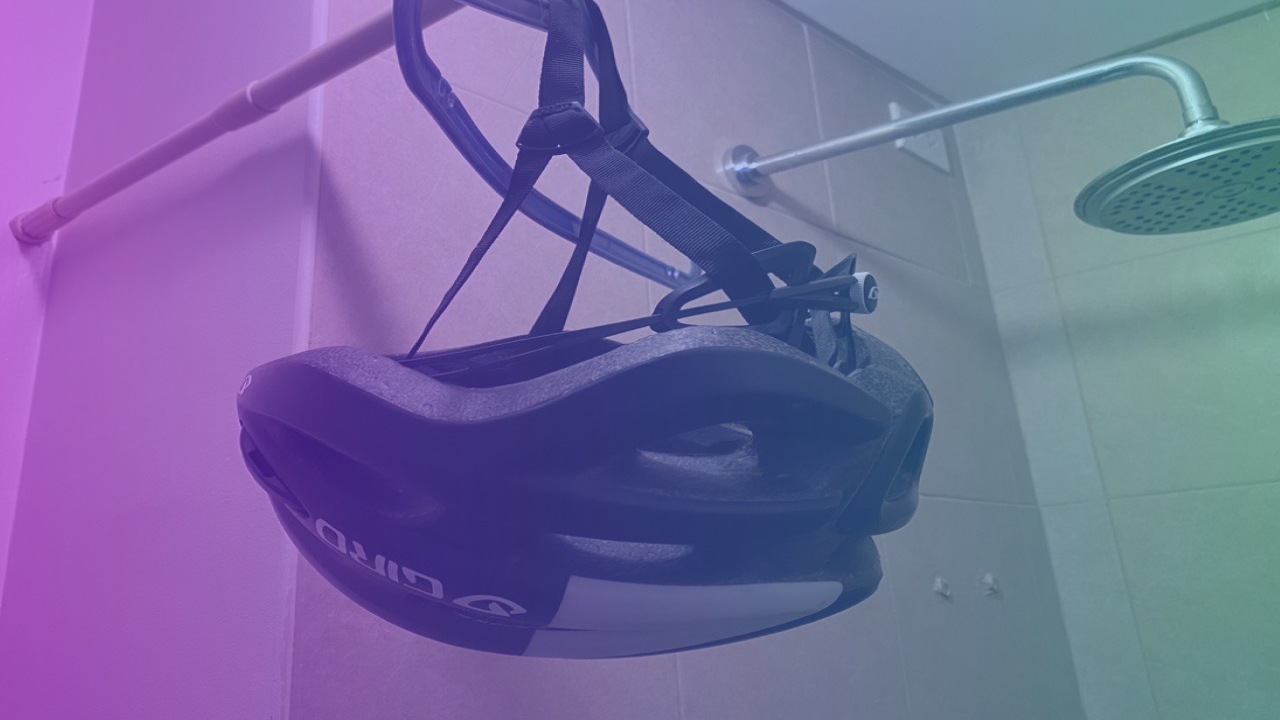That first century is an important milestone for any person who likes to ride bikes. It can be the culmination of a long training journey, the gateway to longer rides, or a good test for one’s cycling proficiency. As such, riding a hundred kilometers for the first time is definitely a challenge, and should be undertaken with preparation and planning.
To help you along, here are some ideas to consider in planning your first century.
Understand the animal
It helps to acknowledge that a century ride far exceeds regular commuting distances, and falls squarely into the category of enthusiast cycling. This doesn’t mean that you have to be fixated on speed or marginal gains; there are many enthusiasts who enjoy long days at slower speeds, and others who need to ride with heavy cargo that fit their purpose.
But it’s very important to respect the distance. This means preparing yourself as well as your bike, and planning as much as you can to stay safe.
Think of it as an attempt
A good way to get to 100 kilometers is to train for it through incremental increases in your mileage. You can plan for the ride well ahead of time and inch your way to longer and longer distances. A good method is to ride set distances until you’re comfortable with your pace and your fatigue level. Then you can increase that distance by 10-20% and keep riding that new threshold until you’re comfortable before increasing it again.
Ideally, century rides become fun and sustainable for you, rather than a one-time affair that you “conquered” but will never do again. So don’t force the hundred if you’re not ready. Don’t do-or-die it. You can stop when you feel you’re no longer comfortable or capable, and come back to fight another day.
Plan a decent pace
You should know that no one sprints to 100 kilometers. Of course, if you are a seasoned cyclist with enough experience riding faster speeds with clubmates, you can benefit from riding a tempo pace in a pace line. But most of us will get to that 100-kilometer mark for the first time by riding at an endurance pace.
This is tricky because it can be very easy to get too excited, ride too hard, and burn out too soon. As a reference, an endurance pace for most of us is riding in a zone where we can still breathe regularly, and even carry out conversations without losing our breath.
You will find that being disciplined about your pace will usually get you to the finish faster and happier.
Hydration and nutrition
Most of us can get away with neglecting hydration and nutrition up to certain distances. Seasoned enthusiasts will sometimes go on fasted rides on purpose, and it’s very possible to get through a few dozen kilometers without eating or drinking.
But after an hour of riding your body will begin to use up its energy stores, and you will probably sweat a lot of your fluids out even before then. If you keep cycling without fluids or food, you are likely to experience the bane of beginner cyclists: the bonk. Bonking can be a terrible experience, and can spell the end of a good ride as your body simply gives up and you find yourself unable to push your pedals any further.
This is why it’s a good idea to plan your hydration and nutrition before riding out. Bring enough of both or plan where you can stop to purchase more. It also helps to be mindful of the intervals at which you are drinking and eating. Some people go as far as setting 10-15 minute alerts on their mobile devices to remind them to drink or to eat, because it’s very easy to forget while you’re out on a ride.
Bring what you need (leave what you don’t)
Which brings us to the next point: what to bring on a century ride. It’s important to understand the difference between an unreasonable fixation with weight savings, and a sensible approach to carrying only what you actually need.
You will want to carry roadside repair tools: a spare inner tube or two, patch kits, tire levers, a pump, and maybe even a multitool. But do you really need to carry that 41,600mAh power bank? And is it really necessary to bring your items in panniers and baskets on the ride (if your answer is yes then by all means do it).
You will also want to bring nutrition and hydration. But you can be smart about this too by purchasing food and water along the way instead of carrying a dozen water bottles.
Weight might seem trivial on your shorter rides, but carrying too much over a hundred kilometers is needless and silly especially if it’s your first time.
Make sure your bike is ready too
It’s true that difficult things can easily become even more so because of unexpected things. You could already be suffering going up a steep climb and then suddenly have your chain snap. Or you could be riding in miserable weather and then suddenly realize that you have suffered a puncture and need to stop and replace your inner tube in the pouring rain.
Mechanical issues are unavoidable in cycling, but their frequency can be lessened through proper maintenance. You can check your chain’s wear (or have a bike shop do it for you if you don’t have the measuring tool), you can make sure your tires still have life in them, and a few other things to make sure your bike is in good condition before riding out.
That first century will also go easier if your drivetrain is clean and your gears are indexed properly.
Wear something sensible
What you choose to wear can make or break your day on a bike. Most of the things that you can get away with for shorter rides won’t work as well on longer rides. A century ride is probably best done wearing a cycling kit, but this isn’t a hard-and-fast rule. The benefits of wearing a cycling kit are hard to beat though. Cycling jerseys have pockets that can store everything you’d need for a century: spare inner tubes and pump, food items, and personal items. Padded shorts also go a long way on a long ride.
What works best, though, is what you’re comfortable with. But it is recommended that you do a dress rehearsal so your choice is informed by experience. Try wearing different outfits and see what works for you!
Plan for the weather
There’s no avoiding the elements if you’re riding a hundred kilometers, but there are ways to make it less troublesome. You can keep your mobile phone and personal items dry by using a dry bag, a sealed sandwich bag, or even a garbage bag. Having fenders and mudguards can also be very effective in keeping you dry, or at least not muddy and miserable.
In sunnier conditions, having a pair of sunglasses can help protect your eyes from glare, although certain tints are better at aiding depth perception than others, and some frame materials are safer in the event of a crash. Sunblock is also often overlooked, but can keep you safe from sunburns or worse.
Have contingencies
Contingencies for mechanical issues or emergencies are crucial. Learning how to deal with simple mechanical issues like punctures and dropped chains is so easy that there really is no excuse not to know how to handle these issues if you’re going for a hundred kilometers.
Planning your route can also be helpful, although it’s understandable that others like to ride free and roam where they want. But even in the case of the latter, it adds an extra layer of safety to inform someone about a rough outline of your route, and to schedule check-ins when you contact them to give updates regarding your status.
You might also consider knowing medical facilities in the areas you will be visiting.
Have fun
Lastly, don’t forget to have fun during your ride. While your first century is a good challenge, and a milestone that you can be proud of; it would be great if the experience pushes you to do it again or go for even longer rides.

